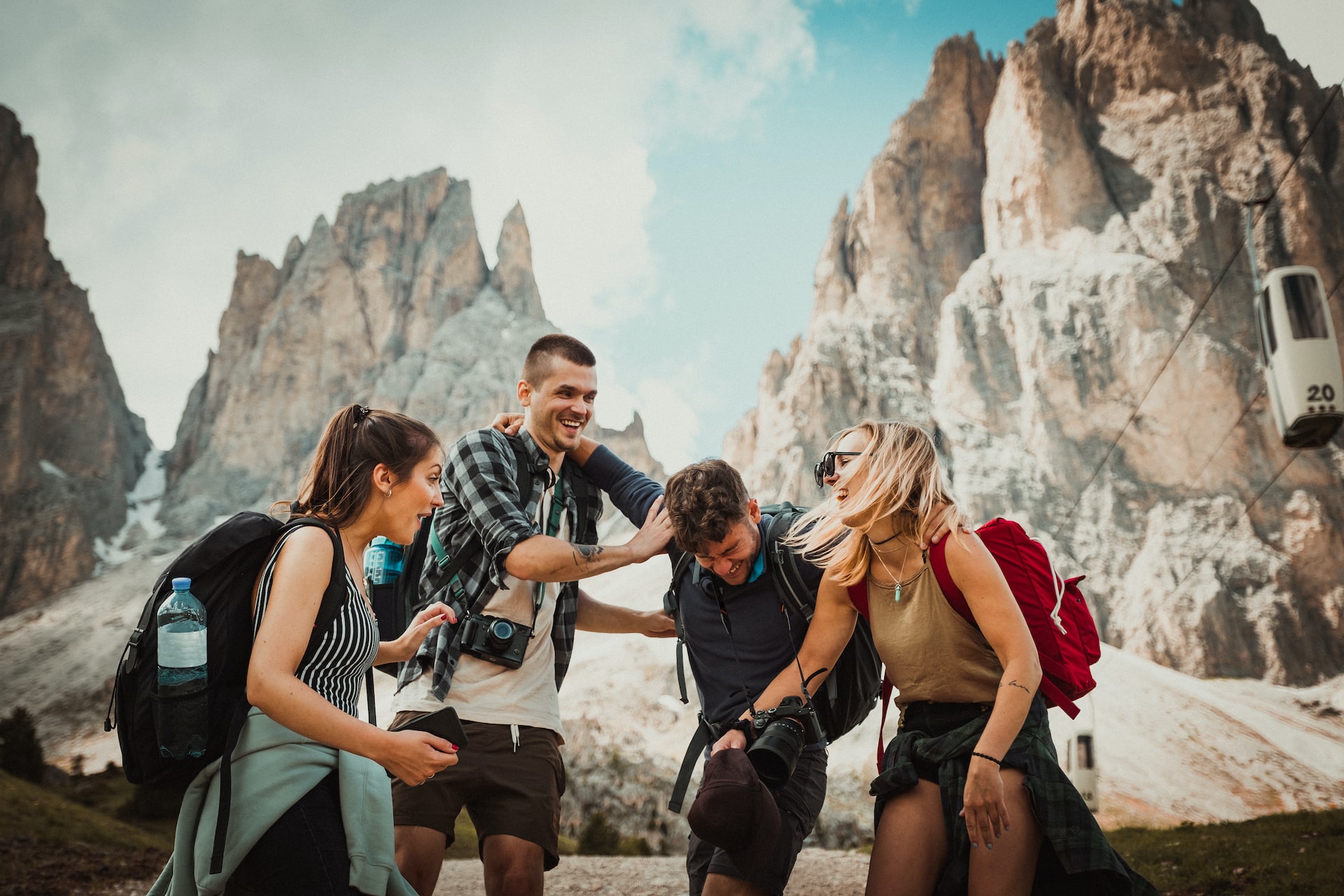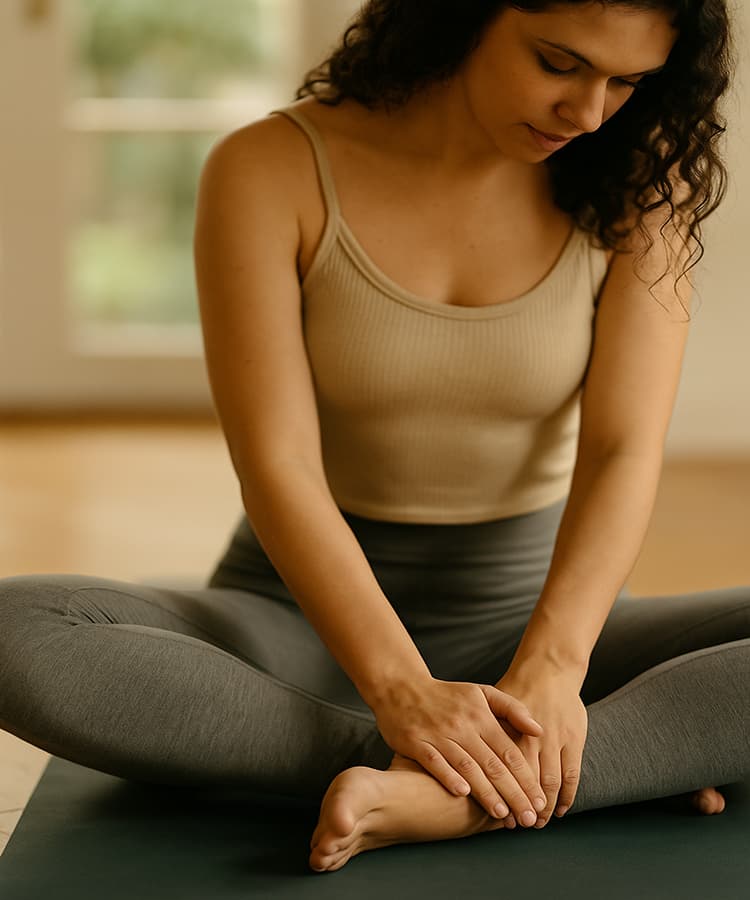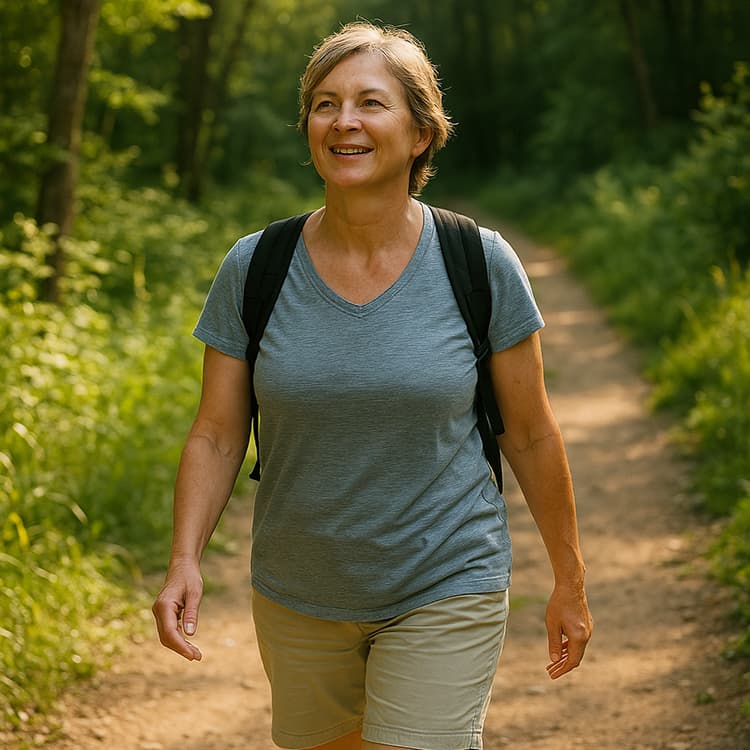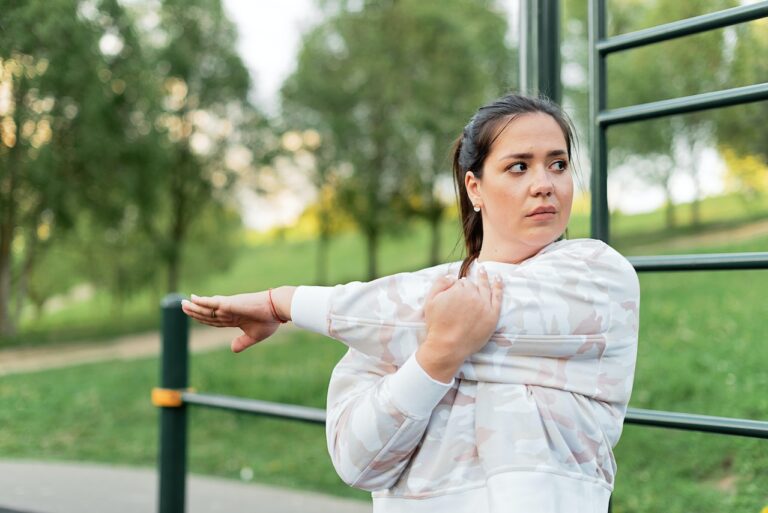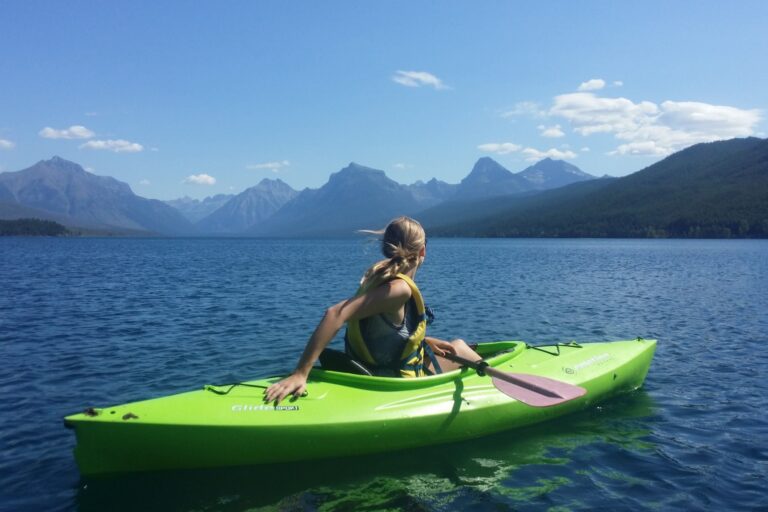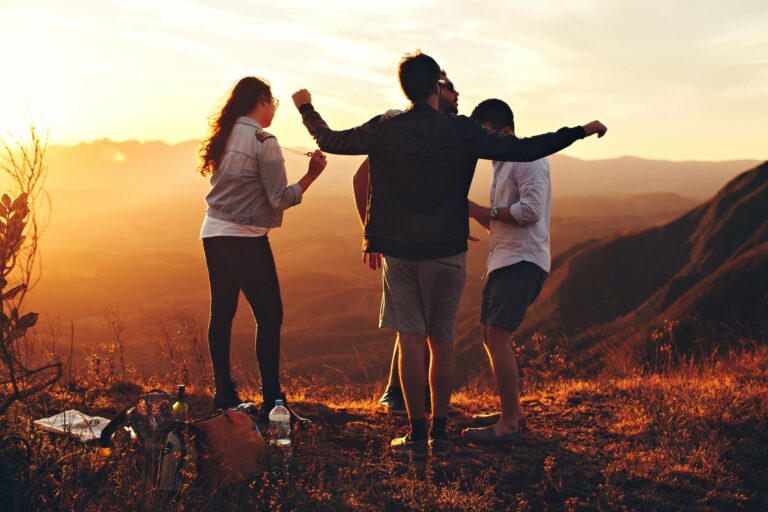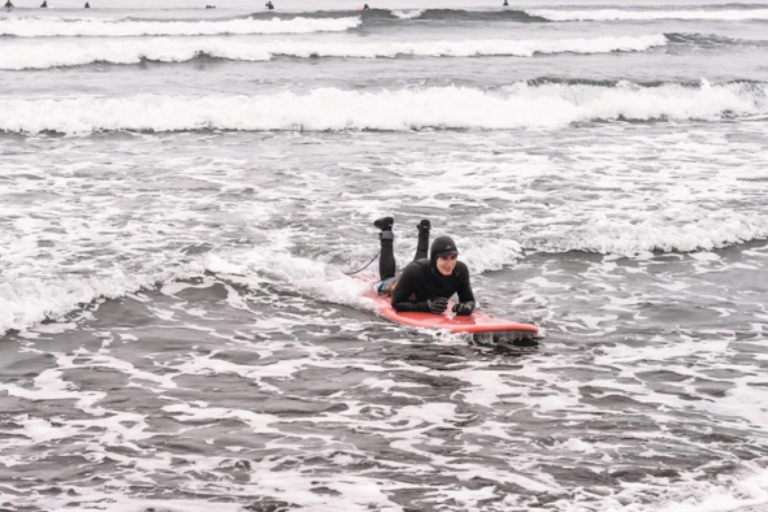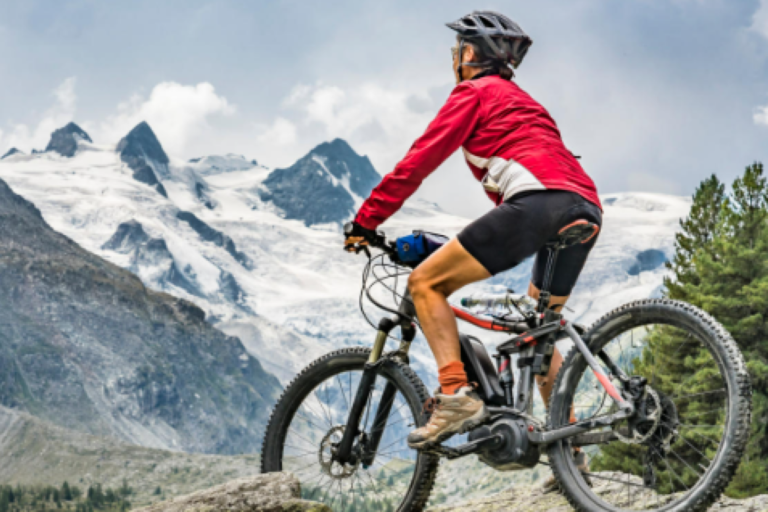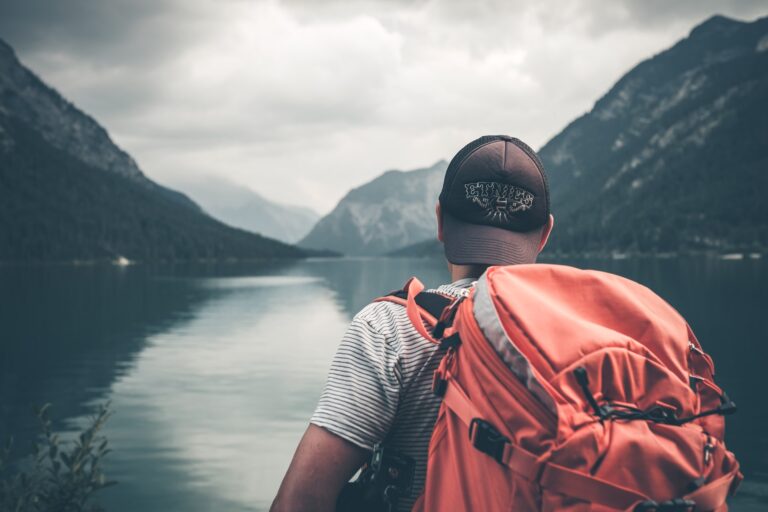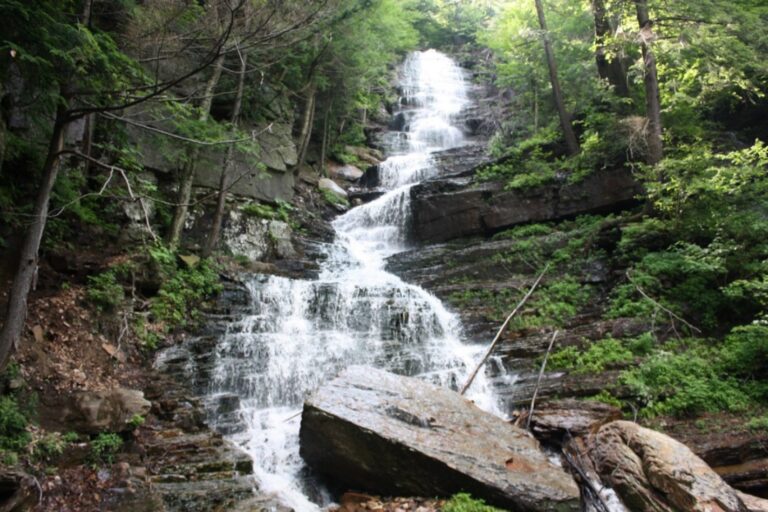Tired of a “vegetable” vacation? It’s time to relax, take a walk in the woods, along the riverside or test your strength in the wilderness! How to get ready for a hike, and much more we will talk about today!
What Kind of Hiking?
Hiking is a hiking trip for beginners. It is an unhurried walk to enjoy nature, to calm down, to distract from routine. Such activity is suitable for people with any level of training and assumes relatively short distances on flat terrain – from 4 to 40 km. All the trails, designed for hiking, are convenient, the paths are equipped with signposts, there are equipped picnic points, panoramic sites, etc.
Trekking is a trip for prepared people who want to achieve a specific goal, for example, to conquer the summit, to walk 350 km, to cross a pass in 2 days, etc. It is about the challenge and overcoming oneself, a physical and psycho-emotional challenge. Part of the route can lie off-road, where there is no navigation, in the wilderness, where you need to know how to navigate using a compass. Trekking can be multi-day (with overnight stays), with a long distance (from 50 km) and difficult terrain.

How to Prepare for A Trek
In order to check if you can do hiking it is enough to go to a city park with simple terrain (without steep slopes and rises) and walk there for 3-4 hours, slowly going 5-10 km with no stops. If you can cope with this task, then you are ready for hiking. If your goal is to prepare for trekking, such walks should be done more often, gradually adding 1 km to the distance covered. After you will pass 20-30 km at a time, you can arrange walks on more difficult terrain.
IMPORTANT: If you’re going on a hike longer than 15 hours, tell your family. When practicing trekking it is also important to inform the local rescue service, providing information about yourself, your location and the planned start and finish time of the route.
What Equipment You Need
Shoes. A comfortable pair with a high shin cuff for shin support is an essential item on any hike. Shoes for long hikes should be lightweight, breathable, water-repellent, with thickened soles under the heel and a strong enough tread not to slip. It should also lock well to the foot with laces or Velcro.

Flat-soled sneakers and sneakers are not suitable for long walks, especially for overweight people. Flat soles overload the arch of the foot, and the foot begins to spread out, lengthen and expand faster, leading to forefoot and heel pain. When choosing sports shoes, make sure that they do not squeeze the toes. To do this, take out the insole from the chosen model and put your foot on it. There should be a small margin around the foot, especially along the length.
Clothing. Comfort and beauty are what one wants to get when trying on a sporty image. For active walks and trainings on the street choose freer models. Use the method of layering: two types of top of different silhouettes or t-shirt with a deep cut over a top (suitable variants are many, for example, in the new Nike collection) – so your look will be more complicated and it will want to look at. Seamless leggings with high-cut of dense material are still popular – they well form your figure and do not fall down during intensive movements. Wear sweat-wicking workout clothes in abrasion-resistant materials, and reflective inserts on windbreakers and athletic shoes to make you more visible and stay safe during nighttime outdoor activities.
If you like wearing dark sportswear, feel free to wear white sneakers in dry weather. Light-colored shoes always look spectacular and elongate the silhouette. If you are accustomed to more complex images, rely on bright accents. In the colors fuchsia, saturated green, electric blue you can choose separate elements, for example, top and sneakers or only laces, combining them with the basic colors – black, white, gray.
Backpack. For hiking suit a light backpack (5-10 liters), which will hold a bottle of water, a light snack, a spare set of clothes (in case of sudden weather changes) and first aid kit. During a trekking trip you’ll need a heavier backpack (50-60 liters), which will hold a tent, sleeping bag, change of clothes (windbreaker, rain jacket, tops with long and short sleeves, long and short bottoms, underwear and socks, cap, sunglasses), tableware, multi-tool, flashlight, ignition device, compass, map and first-aid kit.
Trekking poles. Trekking poles are not necessary for every hike. “Sometimes they can only interfere, for example, if you have to overcome obstacles. In that case it’s better to have poles-transformers, which quickly fold up and easily hide in a backpack, – explains Mikhail Sayfulin. – If you’re on a flat trail, poles are a bonus: they help you push off while walking. And in difficult sections of the trail, for example, where there is sand or a steep slope downhill, trekking poles serve as additional support.
Track Tracking
Get your strength, endurance, and agility pumped up with a short, intense workout.
Trekking is a group fitness program offered by some Russian fitness clubs. Classes are held on a treadmill and include an alternation of running, walking, trampoline, lunges and other exercises that can be done on a moving cloth. Training involves an interval format: each movement is performed for a certain amount of time. At the same time, elements with high intensity are replaced by more relaxed work, which makes it possible to endure long cardio sessions without rest.
- Build endurance. Because it includes intervals of walking and running, exercise increases the capacity of the cardio-respiratory system and improves overall endurance.
- Load your muscles well. Different exercises engage more muscle groups than regular long runs and walks.
- Improve coordination. Unaccustomed movements like the upright step, running backwards, or walking on your hands in a plank improve dexterity and sense of balance.

Bottom Line
What kind of training will help me prepare for the ascent? Before you go to the top of the mountain, you need not only to clean up your physical form, but also to train your endurance and pump up your respiratory and cardiovascular systems. It is on them have the maximum load at altitude. So these and many other issues we covered in this article today, and we hope that it was useful to you!
